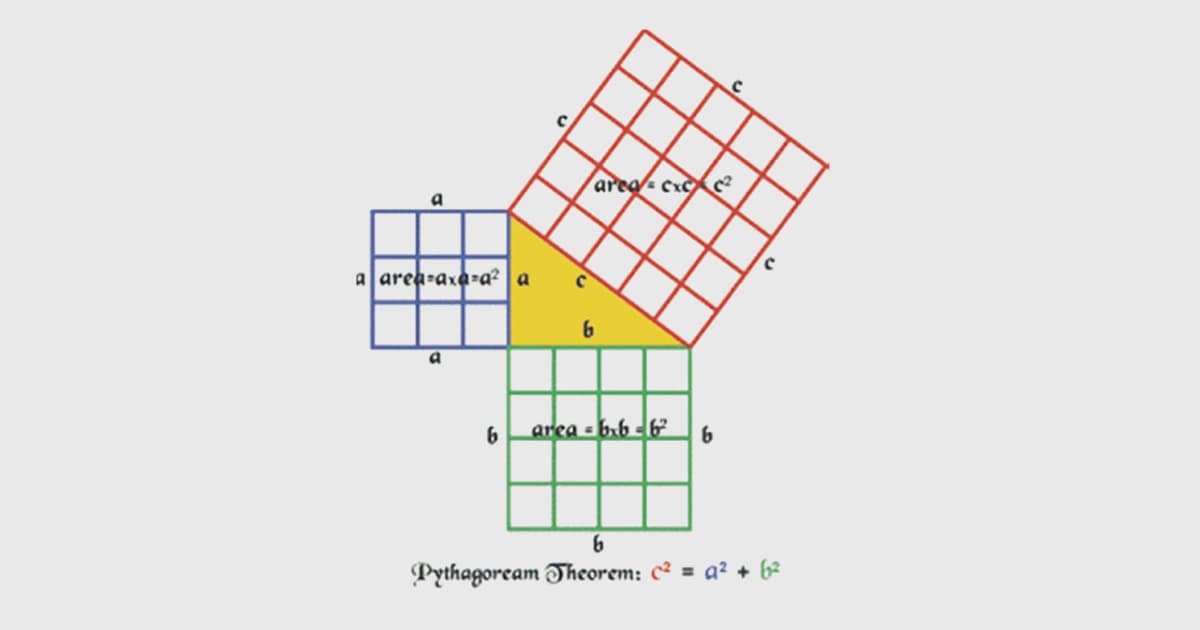Solving the 2014 APL Problem Solving Competition – It’s All Right

This post is the continuation of the series where we examine some of the problems selected for the 2014 APL Problem Solving Competition. The problems presented in Phase 1 of the competition were selected because they could be solved succinctly, generally in a single line of APL code. This makes them well suited for experimentation […]
Foo, Shmoo

“We do not realize what tremendous power the structure of an habitual language has. It is not an exaggeration to say that it enslaves us through the mechanism of s[emantic] r[eactions] and that the structure which a language exhibits, and impresses upon us unconsciously, is automatically projected upon the world around us.” —Korzybski (1930) in […]
Changes of Heart

Karen Shaw started the ball rolling (hearts afluttering?) by asking Jay Foad to come up with a one-liner for St. Valentine’s Day; he then solicited contributions from the language development group. Nick Nickolov responded with the following, with no explanation other than that there is room for improvement: ⎕io←0 ⋄ (⊢,⌽)’ X'[{(.5×n*2)>+/(⍺-.6×⍵)⍵*2}/¨0↓n-⍳(2×n),n←20] XXXXX XXXXX XXXXXXXXXX […]
Zero-length Regular Expression Matches Considered Harmful

I was asked by a colleague why ⎕S reports two matches in the following example: (‘d*’⎕S 0 1)’321’ ┌───┬───┐ │0 3│3 0│ └───┴───┘ Here we are asking for the position and length of sequences of zero or more digits in an input document containing three numeric characters. Intuitively there is just one match of all […]
Solving the 2014 APL Problem Solving Competition – Cryptography Problem 3

This post is the continuation of the series where we examine some of the problems selected for the 2014 APL Problem Solving Competition. In this post we’ll conclude looking at the cryptography problems from Phase II that we started looking at in a previous blog post and continued in a further blog post. Cryptography Problem […]
